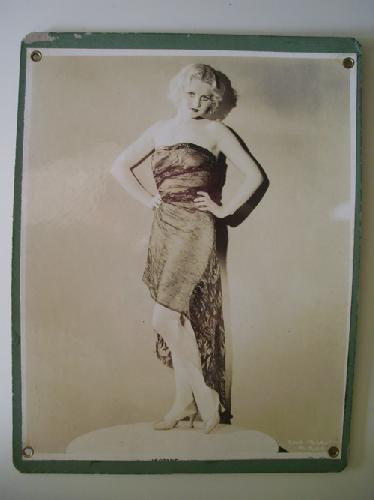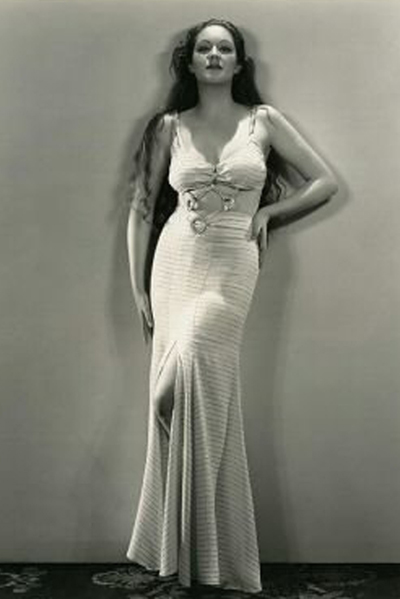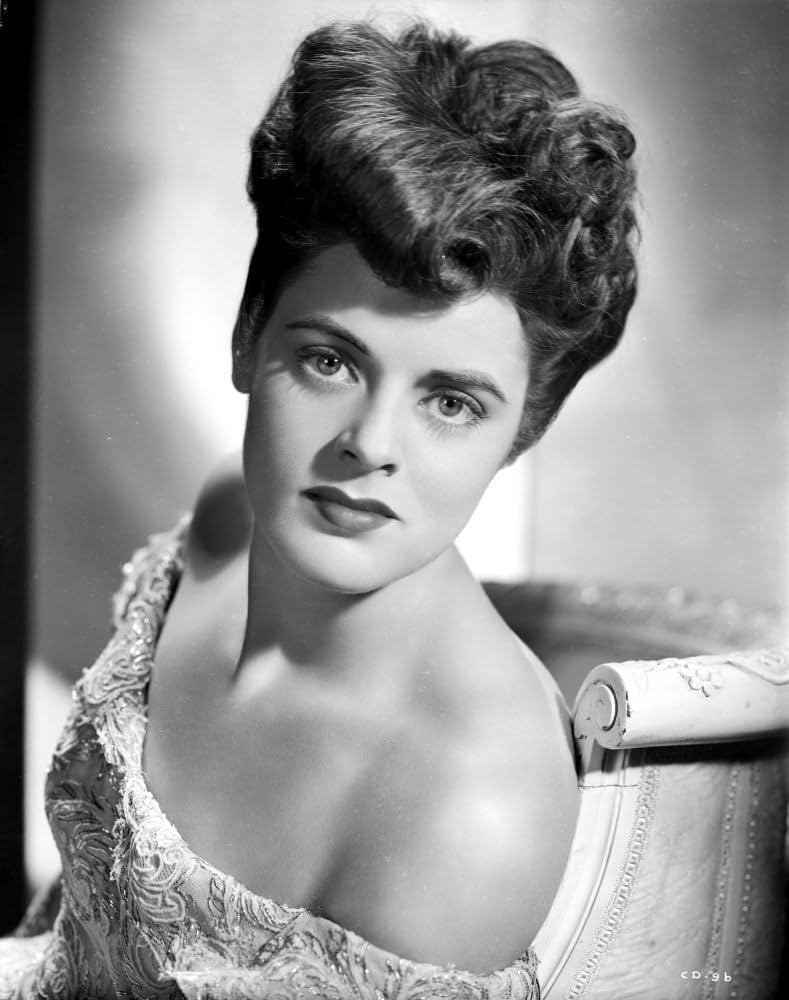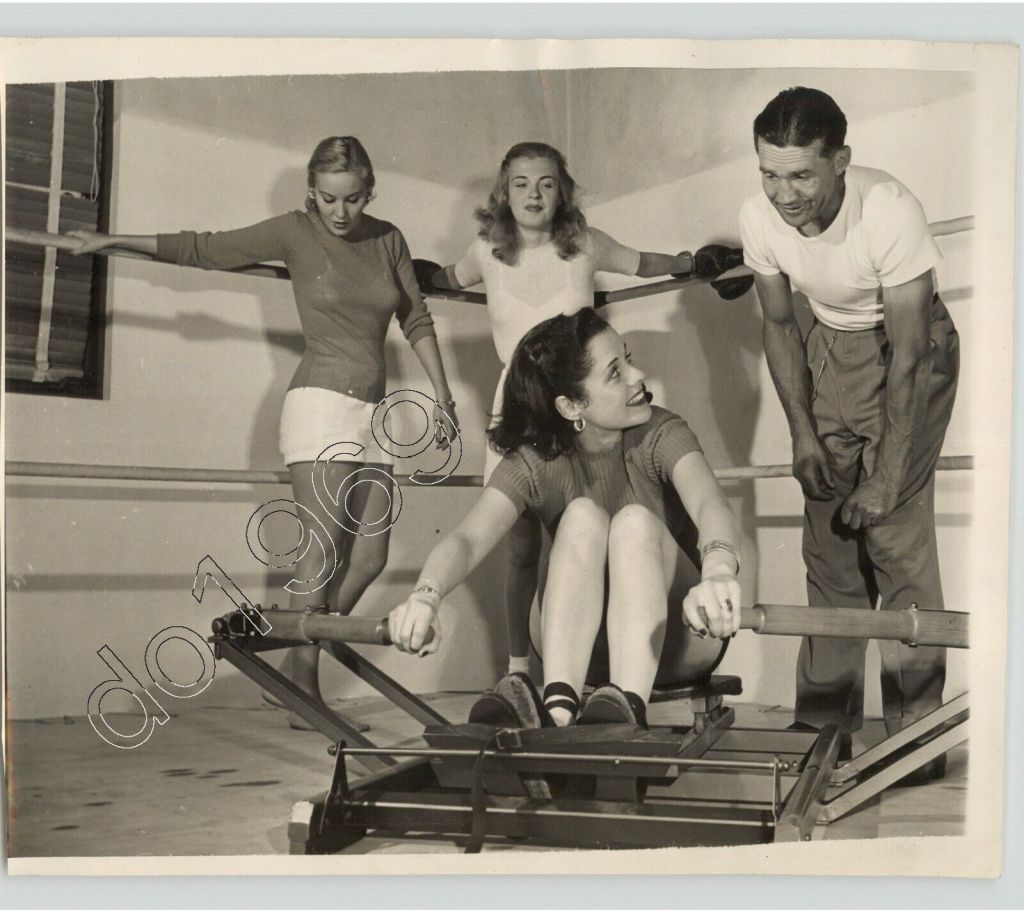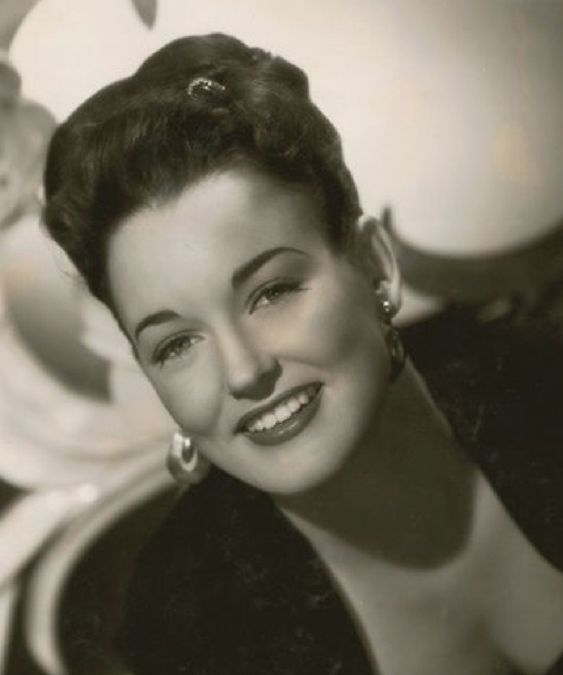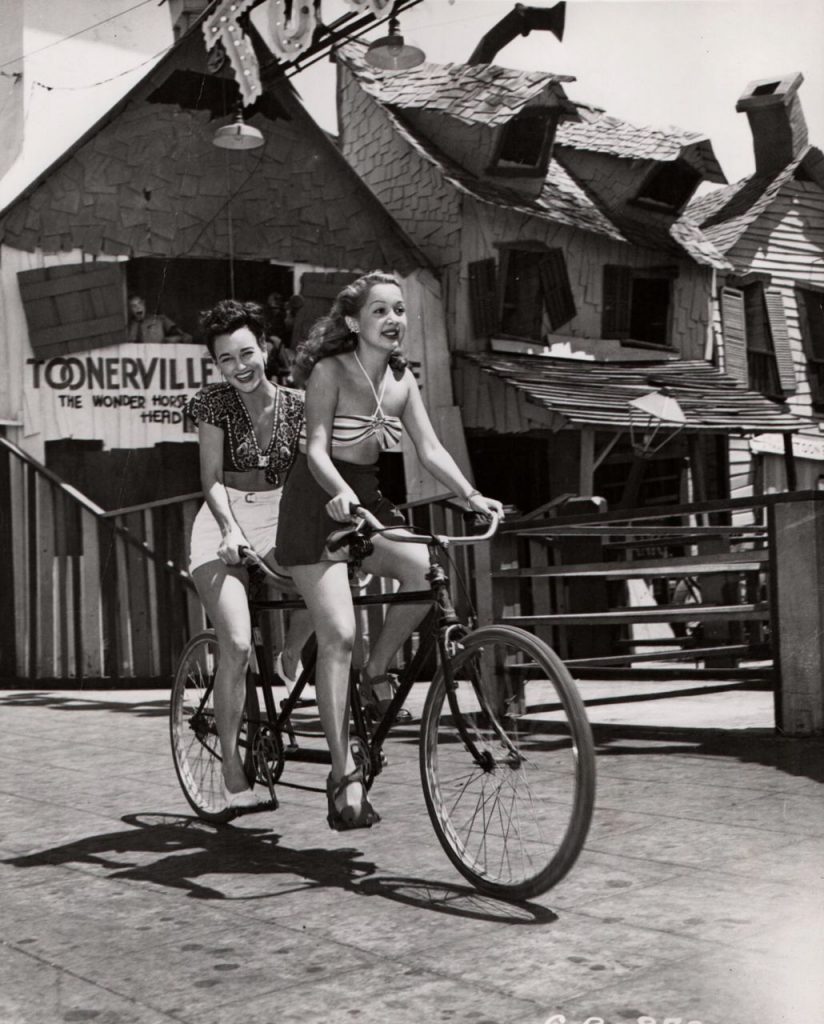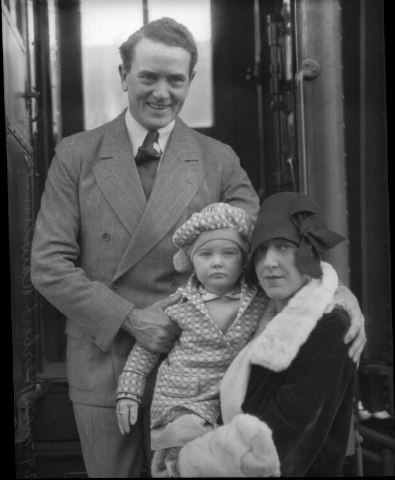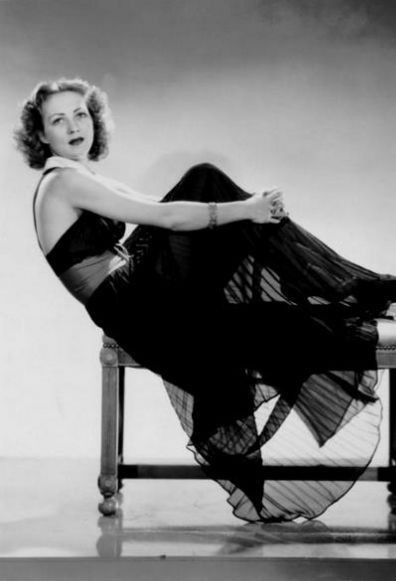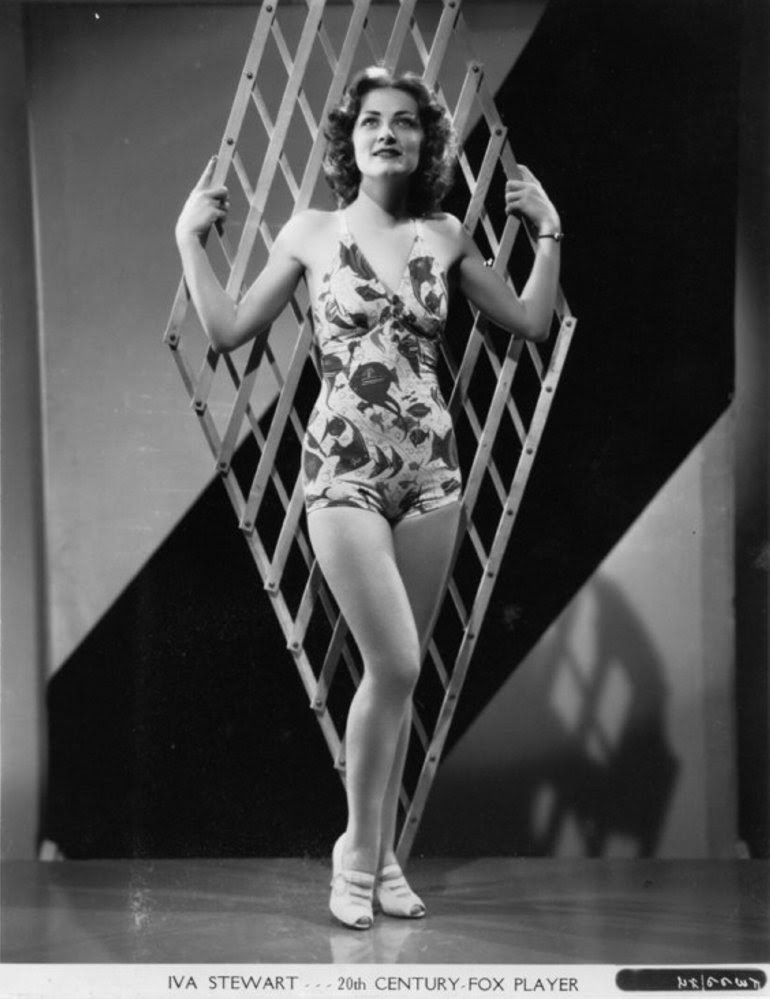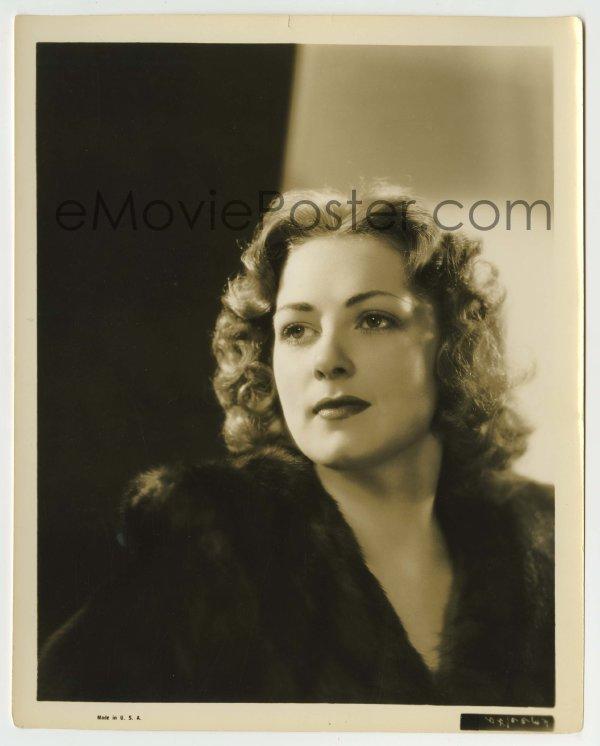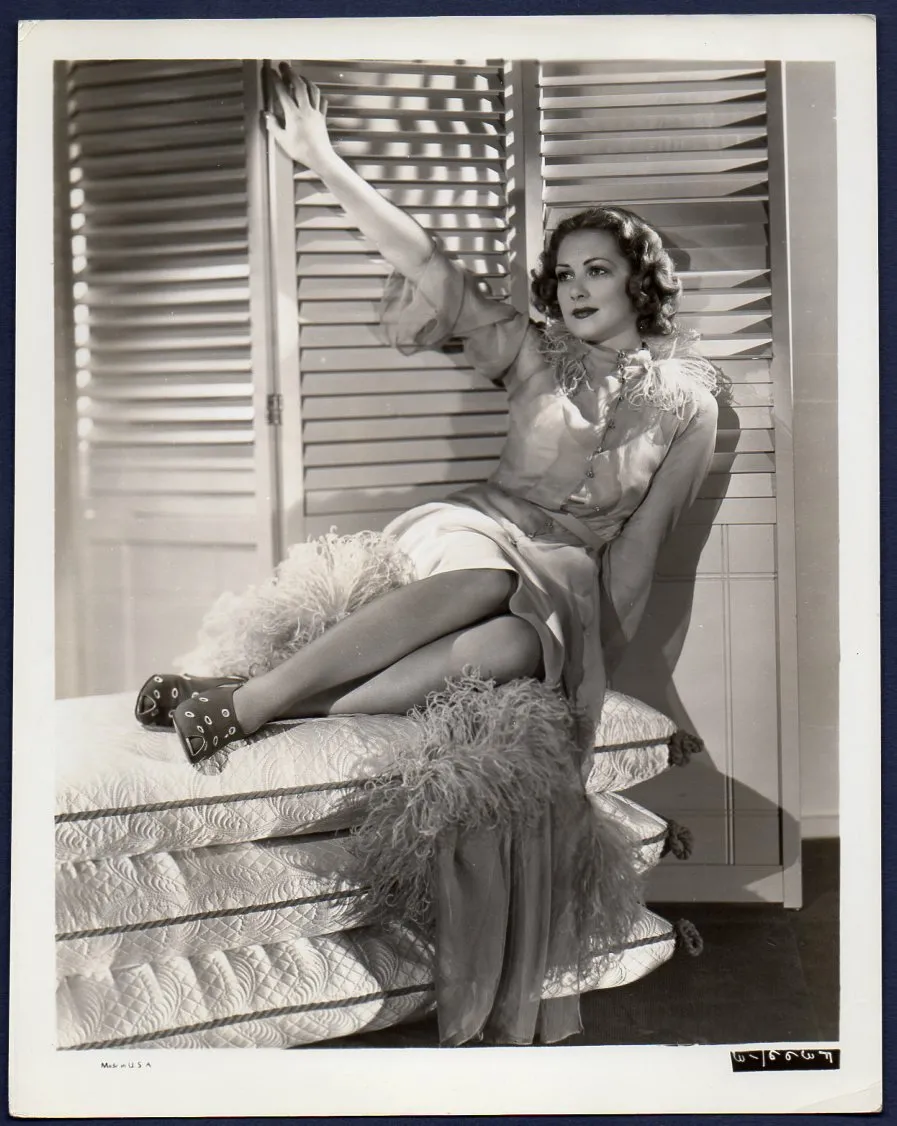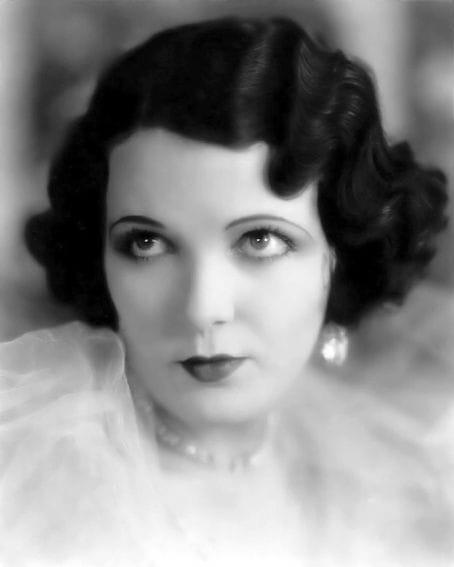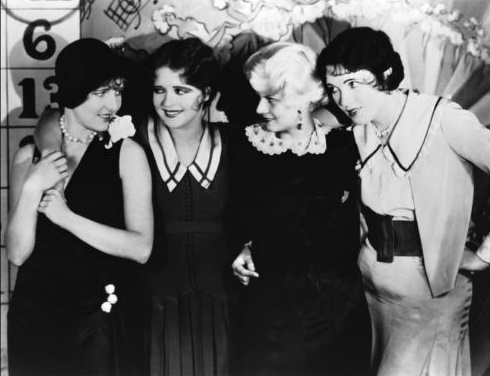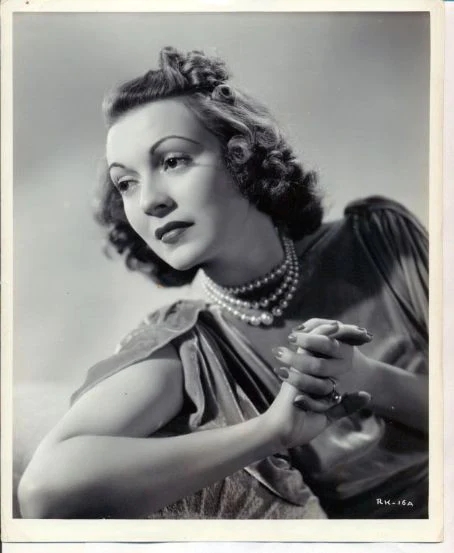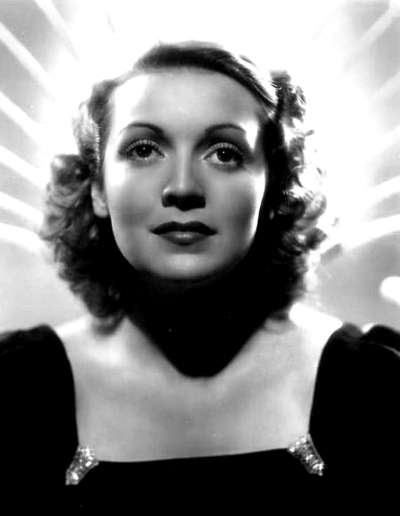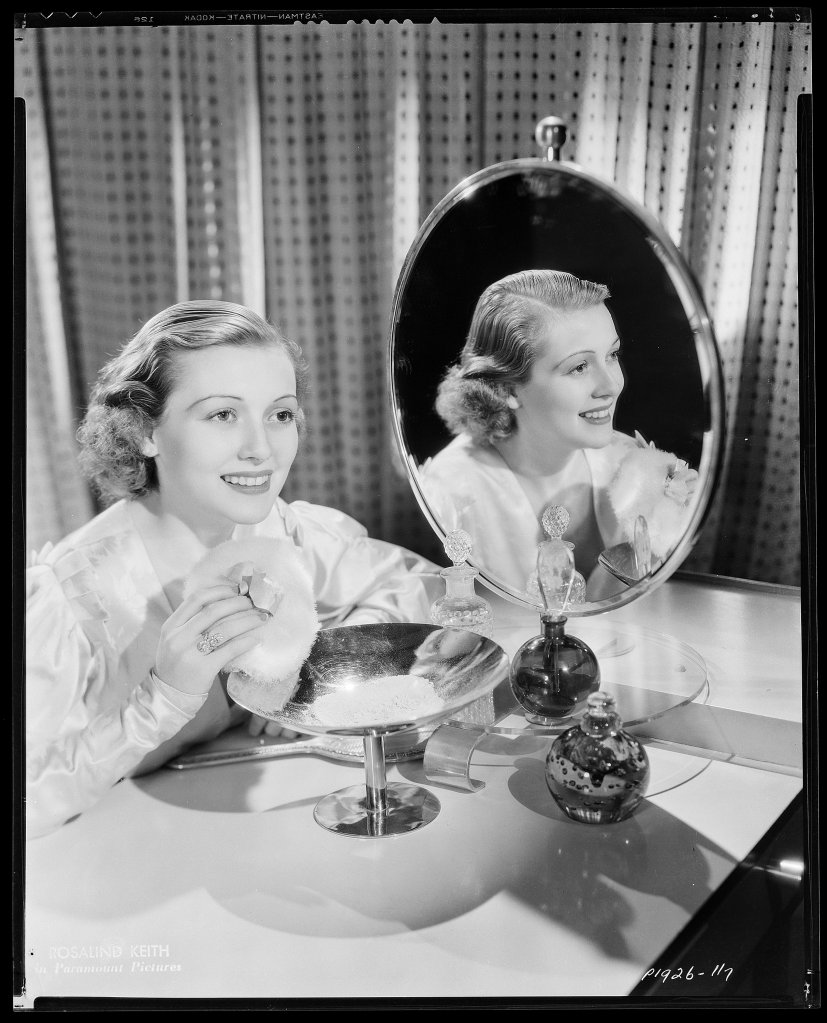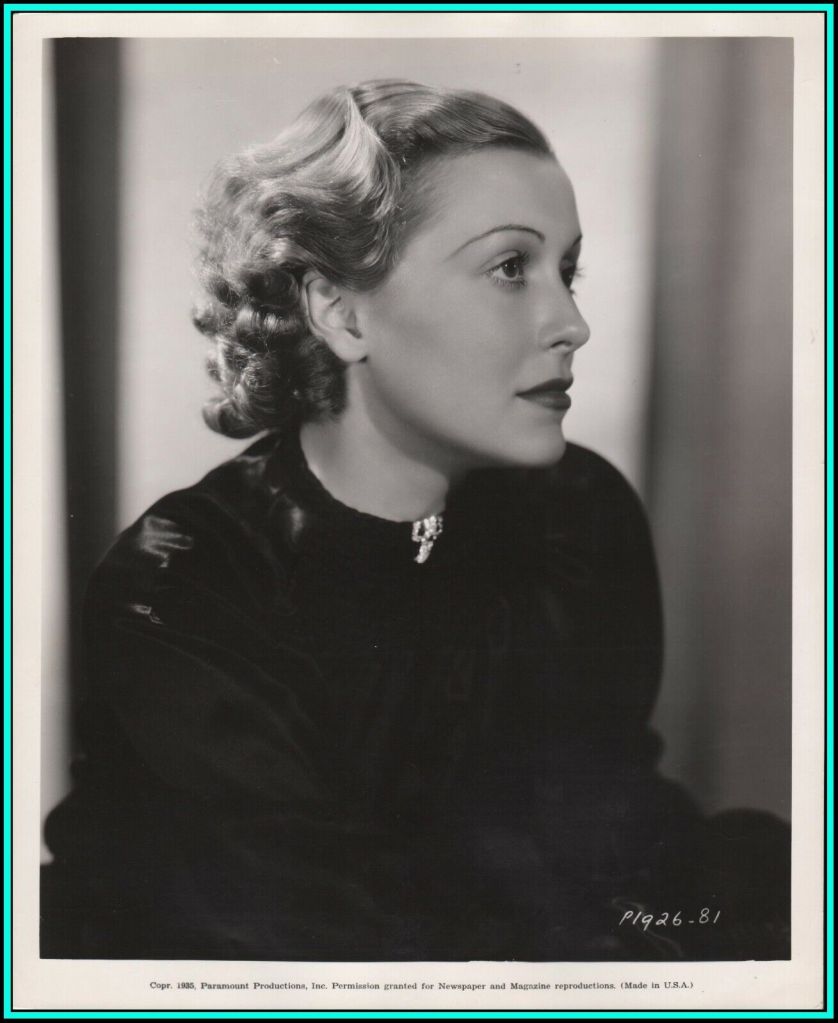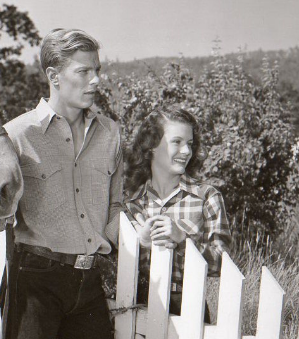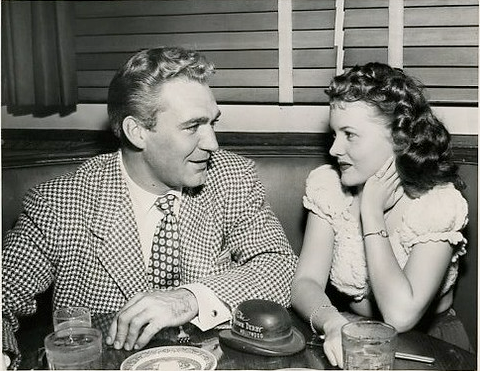A talented dancer and chorine, the fiery Edna Callahan swept into Hollywood, enjoyed dancing in the chorus, and never had any bigger plans in mind. It was good while it lasted, and she had no qualms to give it all up when the time came. She settled into a happy home life afterwards. Let’s learn more about her!
EARLY LIFE
Edna G. Callaghan was born on July 7, 1912, in Alameda, California, to Edward Francis Callaghan and Ellen Elizabeth Brennan, their only child. Her father was a professional foreman.
Edna grew up and was educated In Stockton elementary and high school. Her heart was set on dancing and performing from the early years. By the time she was 8, 9 years old, Edna had achieved considerable artistry as a dramatic reader and a dancer. She was publicly presented by Catherine Sullivan, her dancing teacher, with a group of other children and was heartily acclaimed, launching her showbiz career. She appeared all over California in various plays and slowly gained her foothold in her promised business.
When Edna was in high school, she left Stockton for San Francisco where they will study dancing with St. Ritus Benda, famous dancing instructor. She also attended Kirch Arnold dancing school in San Francisco for a few months. Edna was performing extensively on the stage as an chorine by the late 1920s, and was even tested for Hollywood in 1929. This is how it all started!
CAREER
Edna started her career in Just Imagine , one of the weirdest, trippiest, incredible movies ever made! As one reviewer so wonderfully wrote in IMDB: “This is one trippy movie from 70 years ago! A combination of booze jokes, sci-fi, lewd sex, vaudeville jokes. El Brendel plays a poor sap who is struck by lightning in 1930, and winds up in 1980 New York, where flying Rosenbergs and Goldbergs have replaced earthbound Fords and Chevys. Babies are gotten through vending machines, and a trip to Mars proves Martians to be twins, (Each set has a good over-sexed one, and an evil homicidal one.) I’m not making this up!! Pepper this oddity with bad puns, miniature effects, and musical numbers and you got, you got…. this film.” I just had to quote this, it’s so bizarre!
Then came a more… normal… movie should we say, Palmy Days. A typical Eddie Cantor comedy of the early 1930s, with Eddie playing a former shady medium assistant who becomes an efficiency expect. Plenty of lewd jokes, scantly clad ladies and fun fun fun!
The funnily named She Wanted a Millionaire starts of as a semi comedy, but then turns into a not at all subtle cautionary tale and ends up a thriller! Yep, this one surprised me! I knew of this movie from way back, since I like the Bennett sisters and have read some books on them (Connie is my favorite, but Joan was an interesting woman too). This is the where Joan fell of a horse and seriously hurt herself. I had some vague idea of what the movie was. And boy was I wrong! I expected a romcom where she does end up with a millionaire, but it’s literary the other way around here! Joan plays a gold digger who wants luxury in her life, and wants a man to give to her. So she hooks up with James Kirkwood, who plays a very shady millionaire. And he has some nasty secrets of his own… The good but unfortunately not to materially well of guy is played by Spencer Tracy, which is always a plus! You can more or less guess how that ends up, if it’s a thriller at the end. But unexpected for sure!
Night World was a typical precoe set in a speakeasy – dealing with shady characters in a shady location. Lew Ayres and Mae Clarke play the leads, and both of them have enough peculiarities to make them at least intriguing actors. Merrily We Go to Hell (1932) was a very good step ion the right direction. A quality preCode with a theme that can be considered scandalous even today, it hits all the right spots and ends up a minor classic. Frederic March plays an alcoholic in love with Sylvia Sidney, and they slowly descend into a hellish life living like vagabonds. Great acting performances and a very psychological approach, plus directed by Dorothy Arzner, a female director! Always a plus from my perspective! Next up the classic 42nd Street , what more to write about it! Edna continued the precode scandalous movies vein with Ex-Lady , an early movie of Bette Davis, with a pretty wicked script! Too
Edna then appeared in 1930s, musicals, Gold Diggers of 1933 (the most famous and best of the Gold diggers series), Dancing Lady (a musical I liked with Joan Crawford, Franchot Tone and Clark Gable, and I mostly liked Franchot’s whimsical playboy character), The Great Ziegfeld (a more serious musical, and Academy award winning movie), Born to Dance (one of the best Eleanor Powell musical, you know the drill – thin story but plenty of tap dancing), Rosalie (more or less the same with Eleanor Powell, just we have Robert Taylor this time as the hunk, and he was incredibly beautiful when he was younger!),
In middle of al of it, comes a really hardcore, quite precode dramas, She Had to Say Yes – the title here says it all, it’s in large part about prostitution and objectivisation of women, of how men have manipulated and belittled woman for centuries. Some heavy stuff, but told with an easy wit and some typical old Hollywood style. Loretta Young stars. Edna also appeared in the MGM B feature, Song of the City, with Margaret Lindsay (on her career decline sadly), a predictable and quite cliche fare. The different between Precode and post code is glaringly obvious here, with Precode movies having a ballsy and risque outlook on things, and the later movies not so much.
That was it from Edna!
PRIVATE LIFE
As Edna said it herself: “A sweetheart is like a bottle of wine, and a wife is just a wine bottle.” Like many chorines of the time, Edna did publicity stunts to get more newspaper coverage. Case in point:
HOLLYWOODS GLORIFIED BEAUTIES, whose careers were launched with the famous producer, organized here yesterday to promote the welfare of their glamorous profession. Assembling at the Victor.
Hugo restaurant at a luncheon called for the purpose; they adopted resolutions and elected officers, forming the Hollywood unit of the national-Glorified Ziegfeld Girls’ Club. Virginia Brace was elected president; Ethel Shutta, vice-president; Hazel Forbes, treasurer; Chrystine Maple, recording secretary, and Edna Callahan, corresponding secretary. The purpose of the organization U. to help less fortunate chorines In their straggle for success.
Edna was, for a time in the early 1930s, about 1932, romantically involved with Busby Berkeley, but the guy dated women by the truckload and it was realistic to expect that it wouldn’t last. In early 1933, she married Gregg Tolland. Tolland was born in 1904 in Chicago, Illinois. He was a respected cameraman by the time he met Edna. The marriage was one heck of a wild ride, as they separated a little more than a month after the nuptials, with Tolland hell bent on divorcing Edna as soon as possible. It seemed that Edna was packing up debts in Greg’s name, and generally had problems with her spending habits.
Callahan married Max Schall the manager of actor/musician Charles “Buddy” Rogers, in 1936. They wed in Roger’s home, with Rogers as the couple’s best man. Edna settled into semi domesticity afterwards, and even gave comments to the papers:
Girls in Hollywood today who expect to win fame and fortune as motion picture actresses are the professional showgirls. Contrary to the general impression that everyone in Hollywood wants to be a picture star, two thirds of the dancers working in Diggers In have no ambition to be starred. The chief reason is that the show girl is well paid and her services are in demand constantly. She moves from one studio to another with hardly a day off. The work is not onerous and some days the showgirl gets her salary for doing almost nothing. She is given the best of makeup hairdressing and beauty treatments for no expense. But best of everything that she has little do to with the success or failure of pictures in which she appears. If the film is a dud, the blame may be laid to the plot, the ingenue or even the dance director but never to the dancers. Twelve of the beauties appearing in the current are married. This gives them a certain independence they would not have if they were single. As one of the girls Edna Callahan put it: husband would never consent to my going into pictures as a career. The work is hard the hours are long and above all spoils a girl for domesticity. But showgirl work is different. We work just enough to keep us amused and supple. He does not mind that at all.
However, the marriage marriage also ended in divorce sometime in the early 1940s. Edna served in the Marine Corps Women’s Reserves during WWII, obtaining the rank of sergeant. In late 1940s, after the war, Edna met insurance man Bernard Benesh and the two wed in 1951. Benesh was born in 1908. Edna was very active in charity work in California, and lived a very happy life with Bernard.
Bernard Benesh died in 2000 in California. Edna did not remarry, and continued living in California.
Edna Callahan Benesh died on July 9, 2007 in Morro Bay, California.
NOTE: Much of the information about Edva was taken from the Vintage stardust IG page, check them out, they are great!



